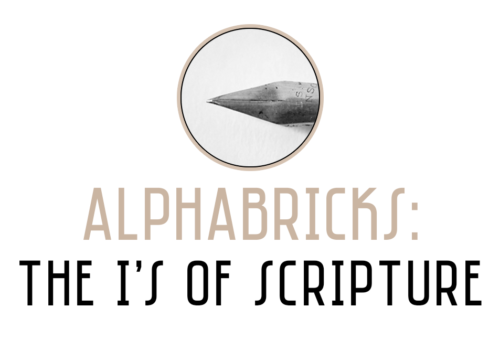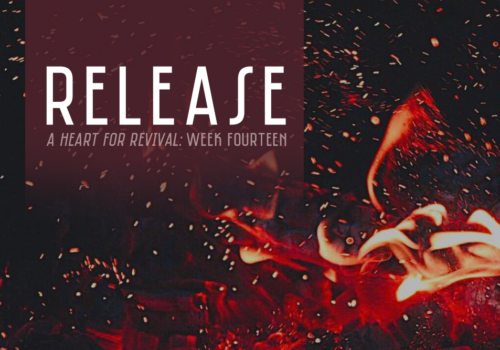I was challenged the other day through one of my readings. Stant Litore, in Lives of Unforgetting, writes, following the Pharisees challenge to Jesus about His disciples eating on the Sabbath (Mark 2:23-28), of how they read the Scriptures:
“What Jesus is urging the Pharisees to do is read the law of Moses as a living document, something that guides action but that needs to be interpreted in light of each specific occasion rather than reduced to general absolutes that are expected to fit every occasion. Reducing God’s Word to a set of absolutes does not work. Paul warns the early church of this when he writes that the new covenant:
‘…is not of letter but of spirit; for the letter kills, but the Spirit gives life’ (2 Corinthians 3:6).
“The letter kills. Focusing on what we take to be the literal meaning of a single passage—without considering context, without asking what we may be missing—may land us in a place where what we take away from the text is opposite in spirit to what may originally have been proposed.”
As conscious as I have been to let the Scriptures be the Scriptures, Litore offered this (and hence, my personal challenge):
“Possibly the first choice a reader makes—often unconsciously—is how to use the text, what relationship we want to have with the text. For example, will the reader encounter the text eisegetically—coming to the text with their own prejudices and questions—or exegetically—looking to the text to provoke unanticipated questions? To what use will the text be put?
“We are told in the Bible that the Word is to be ‘living and active and sharper than any two-edged sword’; that it pierces ‘until it divides soul from spirit, joints from marrow’; that it is kritikos, able to put to the test ‘the thoughts and intentions of the heart,’ like a court examining a case (Hebrews 4:12). Such a blade can cut through our assumptions, our cultural prejudices, and our sinful habits of thought like Alexander’s blade through the Gordian Knot. That is one purpose that the Bible itself proposes it be put to. Unfortunately, in our culture we’re not taught to use the Bible as such a keen-edged tool. Instead, we’re taught to mine the Bible for snippets of information or models for behavior; the Bible is treated as a static document, like instructions on how to assemble a bookcase. Maybe it is recognized to be more difficult to read and interpret than the typical bookcase assembly instructions, but in the end, we treat it as that kind of document—except that we are what is being assembled—and we either accept or reject the Bible depending on whether we like the shape we think these instructions will assemble us into.”
How exactly have I been reading the Scriptures? Has it been through biased eyes, even unconsciously? Was I reading and studying to prove a point, affirm a doctrine, or justify a behavior? Hopefully not all the time, but certainly I fell into that trap some of the time.
Case in point came just this week in my reading of John 1:17 and study of the passage:
The passage: “For the Law was given through Moses; grace and truth were realized through Jesus Christ” (John 1:17).
The study: “The law was given by Moses. It was temporary. Now ‘Grace and truth came through Jesus Christ.’ The idea of that is not that grace and truth superseded the law, except as the law was a temporary application of truth; and not the final enunciation of it. This passage is often quoted as though it drew a distinction between Law and Grace in essence. As a matter of fact it does not do so; but it does draw a distinction between them in method (emphasis mine). The Law was an expression of Grace, temporary, transient, fitting the need of the time. Every provision of it was a requirement in the interest of man, and inspired by the love, that is the grace of the heart of God. It was given through Moses.
“Now that same grace in union with truth came through Jesus Christ. All the requirements of the Law are lifted on to a higher level of interpretation through the Incarnation, both in moral code, and in the interpretation of human realization” (G. Campbell Morgan).
That emphasis above was me, reading through the eyes of a vessel that wasn’t empty to be poured into; rather, as a vessel full of years reading that passage that simply looked to be gelled further.
It’s amazing how the Lord, in His loving grace and mercy, brought this to my attention as He weaved together readings that seem to have no common thread. The principle that began with Litore last week, moved to investigation when I read John 1:17 in Eugene Peterson’s The Message (which I hadn’t cracked open in several years):
“We got the basics from Moses, and then this exuberant giving and receiving, This endless knowing and understanding—all this came through Jesus, the Messiah.”
That, in turn, concluded with Morgan and hence, this blog.
Reading empty, that is my challenge for now.
Maybe it is one you can identify with as well.



